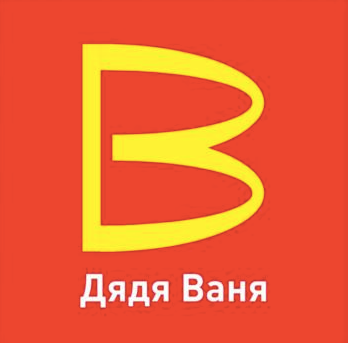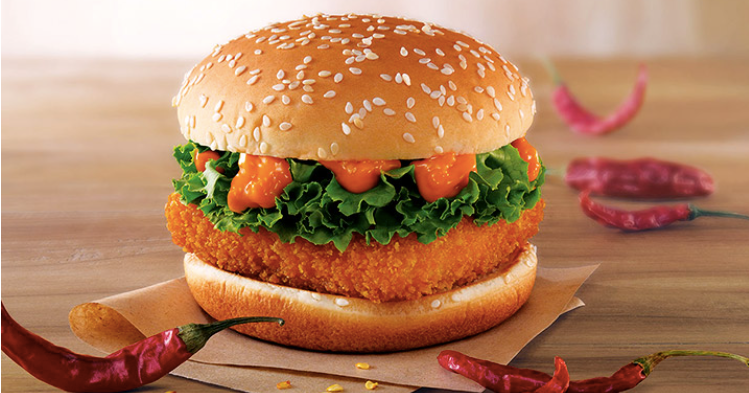Our globalization story starts and ends in Russia.
Before a Moscow opening in 1990, McDonald’s had to solve the potato problem. Just two inches long, Russian potatoes were far too short to become a McDonald’s french fry. Because their goal was local sourcing, the solution was to import the seeds from Holland so they could grow on Russian soil.
The potato was one of many problems.
McDonald’s Globalization
Moscow
Truckloads of potato, lettuce, and cucumber seeds had to be transported to local suppliers who were willing to meet McDonald’s specifications. To process it all, McDonald’s had to build a processing plant that could produce one million buns a week, 127,470 cheese slices, and equally large amounts of its other ingredients. They also needed a quality control laboratory and a distribution unit. Russia did not even have the necessary phone lines.
At the restaurant, 27,000 people applied for 630 jobs. Unlike typical Soviet sales personnel, employees were supposed to smile, to work efficiently, and treat customers with respect. The new managers attended Hamburger University in Illinois.
On that first day, January 31, 1990, they served a whopping 30,567 curious and excited people. In two kitchens, they prepared burgers, cheeseburgers, Big Macs, fries, shakes, drinks, and ice cream. A Big Mac cost 3 rubles and 75 kopeks–approximately one third of an average daily Soviet wage.
119 Countries
In an end-of-the-year 2020 SEC filing, McDonald’s said it operated in 119 countries. Either operated by them or a franchisee, the total was 39,198 restaurants. (Now we can subtract Russia and Ukraine from the total.)
Looking at the cost of a Big Mac from 2000 to January 2022, we can get a taste of of McDonald’s global spread:
Like Russia, every country has a story. McDonald’s tells us that it needed a vegetarian product for India. They knew it had to be two slices of paneer but were not sure what to place between them. While chutney was a possibility, they wound up with spices and the breading for the McSpicy Paneer Burger in our featured image. Meanwhile, in Thailand, the menu has more heat and Sweden offers the McFalafel.
Our Bottom Line: Globalization
It’s easy to say globalization and know we are referring to a worldwide corporate presence. As always, though, it’s not quite that simple. As McDonald’s reveals, globalization is a series of stories. In each country we have a two-sided process. The restaurants need to meet McDonald’s specifications and branding. But also, McDonald’s had to absorb the identity of its location.
In Russia, that single McDonald’s multiplied to 847 locations. Now, with McDonald’s departure, Russia has a similar “Ketchup and Mustard” logo (reputedly) for a replacement chain called Uncle Vanya’s:

My sources and more: For a dry but firsthand image of McDonald’s their 10-K is a handy source of facts while the ideal complement was Insider’s tour of McDonald’s global menus. Also, this McDonald’s blog told the story of India’s McSpicy Paneer.and the Washington Post introduced Uncle Vanya’s.
Please note that my McDonald’s facts and some text came from my (favorite) book, Understanding Our Economy (available through econlife). Also, our featured image is McDonald’s McSpicy Paneer and several sections from today were in a previous econlife post.






